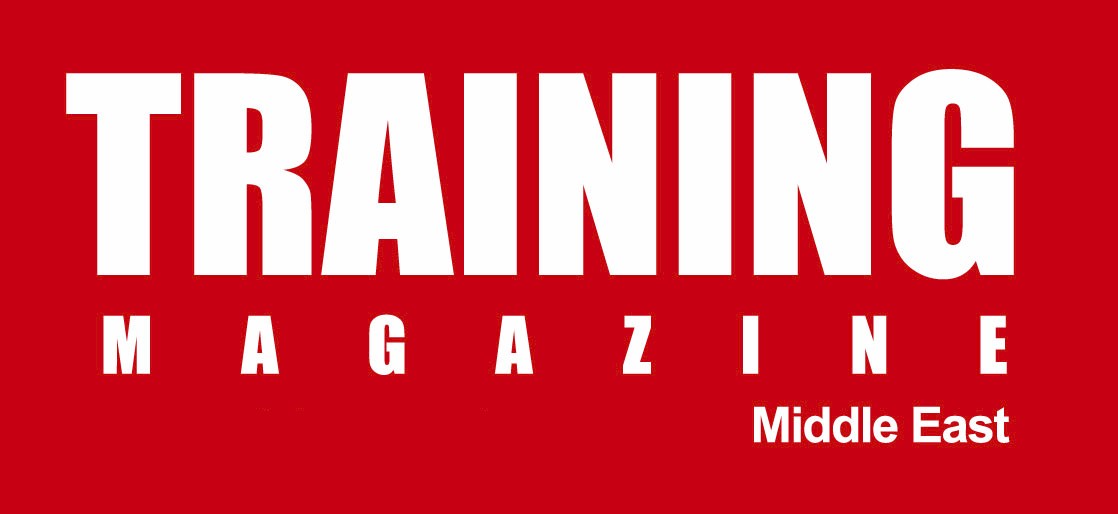The concept of gamification is sweeping through the business world, with hundreds of companies jumping on the bandwagon over the past few years. Gamification is the practice of applying game design and game playing techniques into normal business operations. Modern workforce engagement programs such as gamification can increase employee engagement by 50% or more.
The notion of gamification relies upon the innate desire of people to compete against one another and themselves. Taking tedious work tasks and making them into enjoyable “games” can create a better experience for management, employees, and customers alike.
No matter what line of business you are in, you can use rules, scores, and rewards as motivation to help your organization move ahead.
Quick Start Guide for Applying Gamification in your Workplace
- Clarify your objectives – It’s important that your gamification efforts align with the goals of your business. Focus your efforts on areas that provide the biggest payoff.
- Why are you implementing gamification and who’s your target? Are you using it to increase employee productivity? Or are you starting a customer loyalty or retention program to try to increase business?
- Understand what motivates your team – Gamification is an ‘outside the box’ activity that team members love to get involved in. To give your team extra motivation consider implementing rewards. Make the rewards exciting and meaningful for all involved parties. For some team members, you may need to offer tangible rewards such as prizes or cash for completing certain tasks.
- Perhaps your company has leveled learning modules for training. Your employees could compete to “level up” before others. Healthy competition can increase productivity!
- Implement a system where employees earn points for every training document they read. Take it a step further and let them earn extra points for their next performance review.
- Offer small and frequent rewards. Studies show that a modest prize each week has more impact than giving away a new car once a year. Seeing others win on a regular basis keeps everyone excited and interested as they anticipate their own turn to win.
- Employees can earn and accumulate points that can then be turned in for special privileges or positions.
- Use measurable goals. Aiming for specific objectives is the key. Let players know what is expected and how far they have to go. Empower participants to achieve goals!
- Perhaps you can post progress bars, meters, or leader boards where you show individual or group progress toward an ultimate goal. This will keep everyone on track.
- Keep it simple – Games are easier to enjoy when the basic rules are short and easily understood. You can always design higher levels of play that are more complex later on.
- Build a sense of community – Look for ways to keep the conversation going. Publicize success stories. Although some players may enjoy individual competition, creating team challenges can enhance co-operation and create a more cohesive work environment. For example, one primary use of gamification is deepening connections between staff and customers.
Integrating the principles of gamification into the workplace will lighten the mood, encourage productivity and deepen everyones sense of satisfaction. When you approach your work life like a game, you may just end up having more fun than you ever anticipated.

